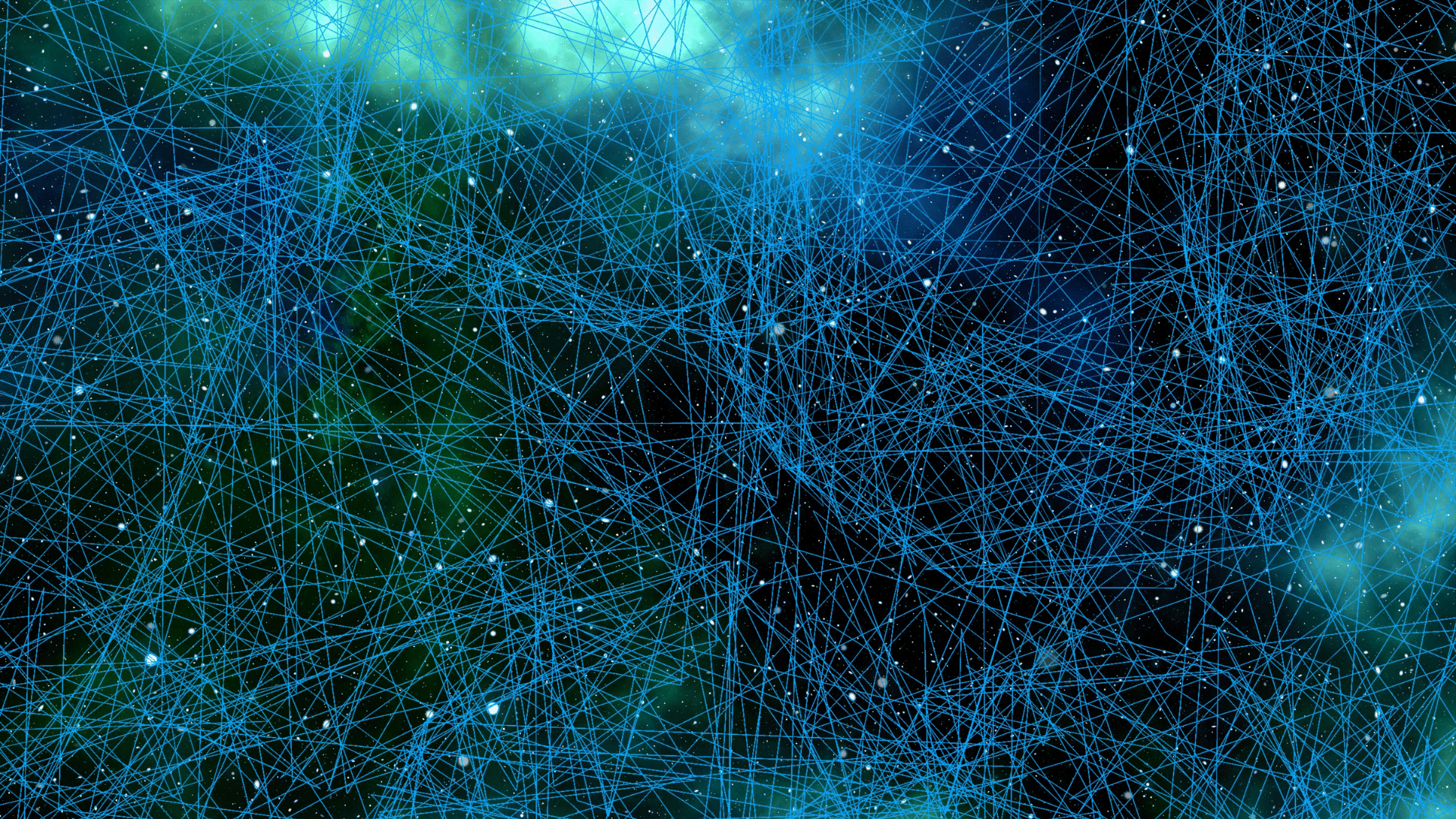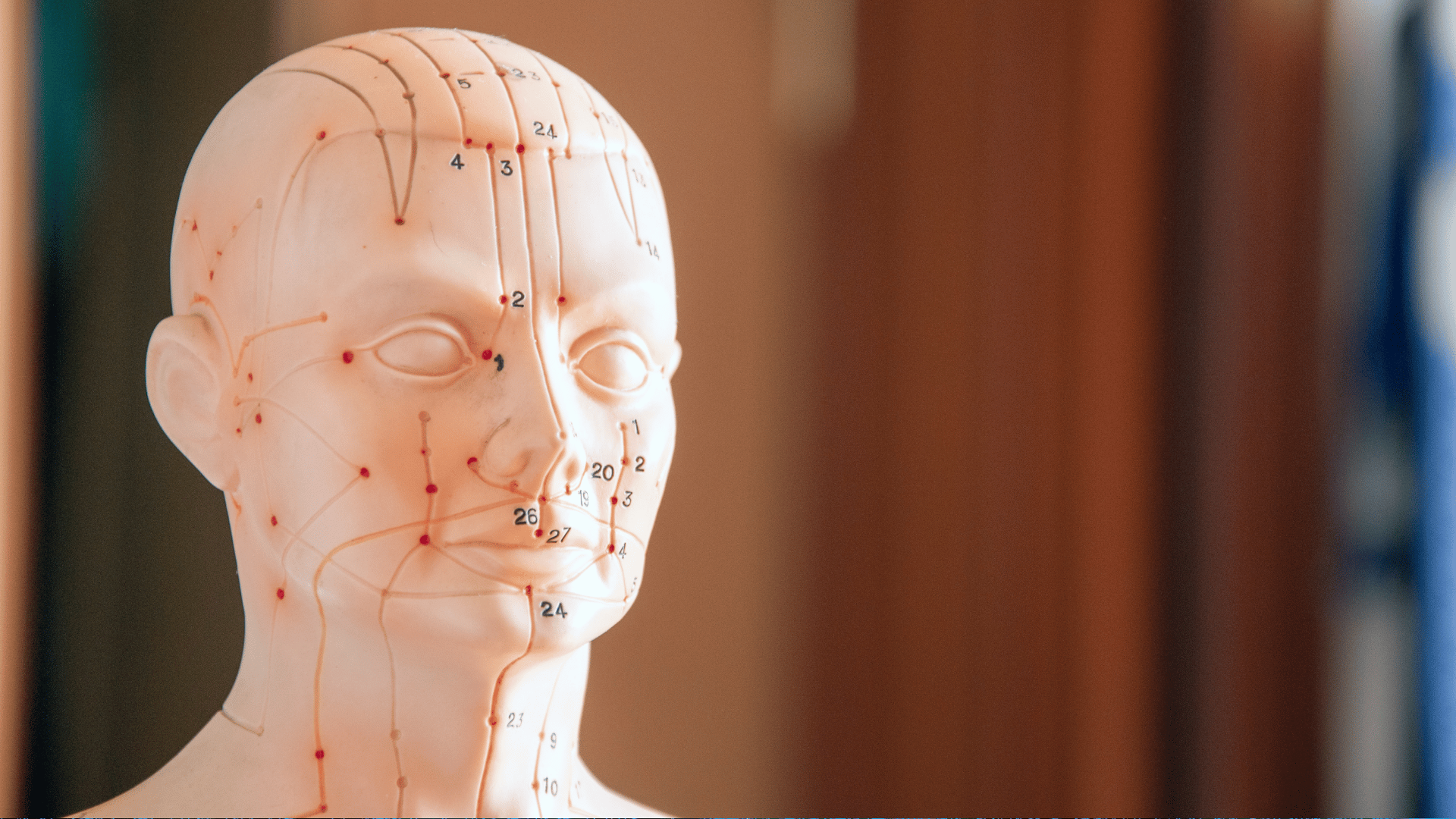Bell's Palsy Recovery Series: Supporting Faster Nerve Recovery
It’s miraculous how many tiny nerve connections fire in harmony every second, let’s help yours find their rhythm again.
This article is part of our Bell’s Palsy Recovery Series, where we explore every stage of healing. Each post is designed to give you hope, clarity, and practical tools for recovery.
👉 Explore the full series here: Bell’s Palsy Master Post
Understanding Nerve Regeneration
When Bell’s Palsy happens, it’s the result of the facial nerve becoming irritated, inflamed and disrupted. While the body is designed to heal, nerve tissue has a slower recovery process compared to muscles or skin. This is why symptoms like, weakness in the smile, difficulty closing one eye, or changes in speech, can linger for weeks, months, or years. It’s important to address things like muscles and fascial layer of tissue, because issues with those parts of the body can impact and delay nerve healing and recovery.
Nerves repair themselves in stages:
Reducing inflammation so signals can start traveling again.
Repairing the protective covering of the nerve fibers.
Regrowing nerve endings and reconnecting them with the right muscles.
On its own, this process can be incomplete or uneven without intervention and support. That’s where targeted therapies for facial nerve recovery come in. Depending on your situation, at South Shore Acupuncture and Wellness we use a combination of the following modalities to support you in Bell’s Palsy recovery:
Acupuncture for Facial Paralysis
ATP Therapy for Nerve Repair and Symptom Management
O3 Ozone Therapy for Boosted Healing
Acupuncture
Acupuncture has been studied for its ability to support nerve healing by improving circulation, calming inflammation, and retraining the body’s communication with the facial muscles. At South Shore Acupuncture & Wellness, we’ve worked closely with Bell’s Palsy patients and developed a nuanced and focused approach that addresses both function and comfort. During our treatments we:
Stimulate blood flow and oxygen delivery to the affected area.
Work on releasing muscle tightness and connective tissue impingement to give the facial nerves breathing room.
Activate pathways in the nervous system that “remind” and retrain the facial muscles on how to move.
Reduce local inflammation so the nerve can regenerate more effectively.
By combining clinical research with hands-on experience, we create the conditions where Bell’s Palsy nerve regeneration can happen more smoothly and efficiently.
Each point tells the body what it has forgotten. Acupuncture helps your nerves remember how to move, communicate, and heal.
ATP Resonance BioTherapy®
Nerves need energy—specifically in the form of ATP (adenosine triphosphate)—to rebuild and reconnect. When nerves are injured, their energy demand spikes, but supply is often lacking. Bell’s Palsy places extra demand on these already stressed cells. ATP Resonance BioTherapy® delivers targeted energy at the cellular level, helping nerves repair and reconnect. We find this therapy especially effective in supporting patients whose recovery has plateaued or who are struggling with residual weakness. ATP therapy provides this energy directly to cells, supporting:
Supports the repair of the nerve sheath (aka myelin), which protects and insulates nerve fibers.
Restores nerve signaling, so communication between nerve and muscle is stronger and clearer.
Helps reconnect nerves and muscles, supporting smoother, faster, and more coordinated movement.
By giving the nerves the “battery charge” they need, ATP therapy can help accelerate recovery and improve facial function more fully. Think of it as giving your nerves the exact “battery charge” they need to recover.
03 ReBoot BioTherapy®
Oxygen is a cornerstone of your body’s healing process, and ozone therapy enhances how it’s delivered to tissues under stress. Oxygen acts like the body’s cleanup and repair crew. When more of it reaches injured tissue, swelling calms and healing can move forward. This creates a balanced environment where nerves can recover more effectively. At our clinic, we use ozone therapy to complement acupuncture and ATP therapy, giving patients a stronger foundation for both healing and comfort. Essentially, we use ozone too:
Increases circulation and oxygen delivery to injured or inflamed tissues.
Supports natural anti-inflammatory and antioxidant systems, reducing nerve irritation.
Creates a healing environment that promotes tissue repair and nerve regeneration.
When paired with other therapies, ozone often helps patients not only regain strength but also experience less discomfort in their daily lives. Patients often notice not just improvements in facial strength, but a greater sense of vitality and well-being when ozone is integrated into care.
When you’re recovering from Bell’s Palsy, the truth is that no single therapy or quick fix is enough on its own. Healing the facial nerve is complex, it’s about giving your body the support it needs on every level. That’s why we use a holistic approach at South Shore Acupuncture & Wellness, combining acupuncture, ATP Resonance BioTherapy®, and ozone therapy. Together, they reduce inflammation, restore nerve communication, and create the conditions for smoother, more complete recovery.
This is just one step in the Bell’s Palsy Recovery Series. In our next post, we’ll look at the emotional impact of living with facial paralysis — and why healing is about more than just movement.
Previous Post: Introduction to Bell’s Palsy Recover Series
Next Post: Emotional Impact of Sudden Facial Paralysis





